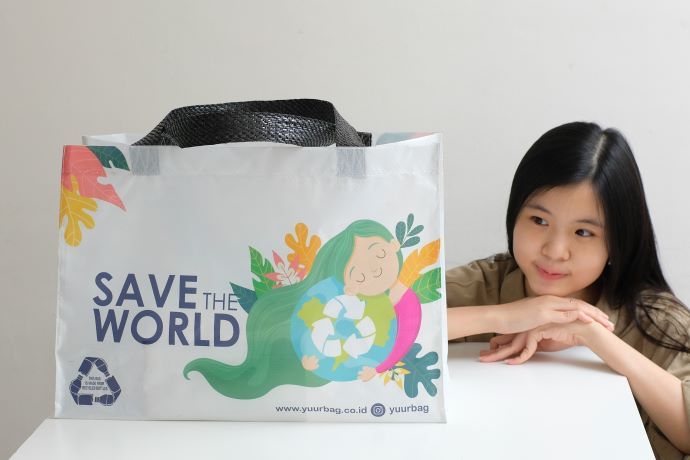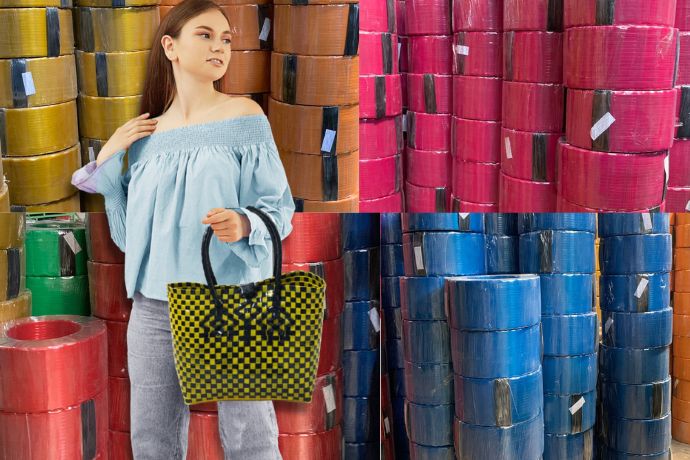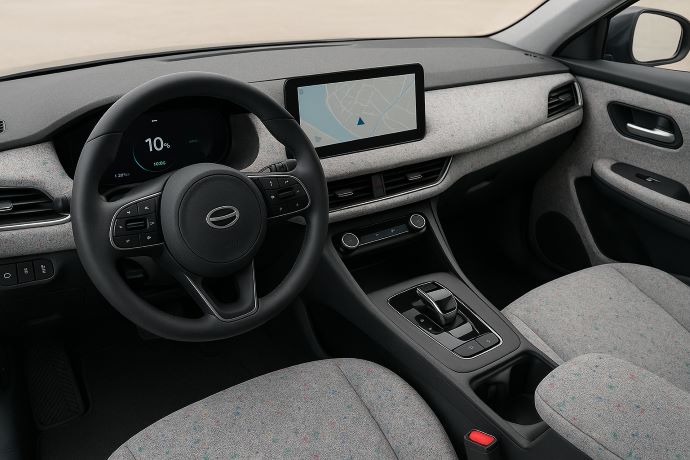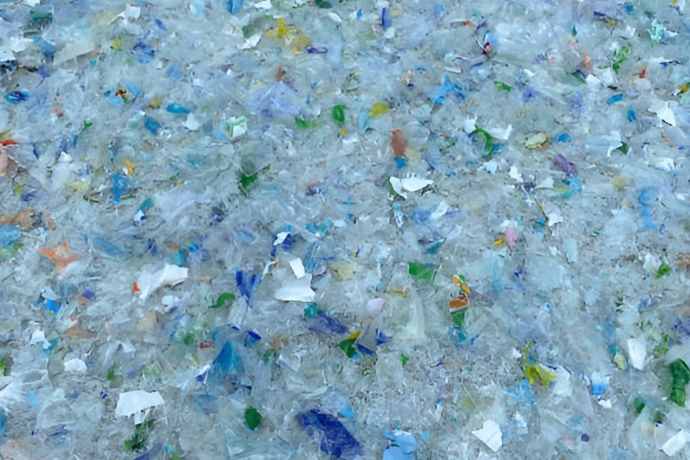Products Made from Recycled PET: Endless Possibilities
Key Takeaways:
- rPET is a versatile material used in a wide range of industries—including textiles, packaging, automotive, and industrial goods.
- Despite higher costs than virgin PET, high-quality recycled PET supports circular economy goals and complies with food safety standards when properly processed, making it suitable for food-grade applications.
- Innovative use cases and rising consumer demand for eco-friendly products make rPET an attractive choice for brands aiming to enhance their sustainability profile and reduce plastic waste.
Transitioning from traditional plastics to recycled PET (rPET) can feel like a big leap for manufacturers. Many worry about quality, cost, and whether rPET can truly replace virgin plastic in their production processes.
But here’s the reality—rPET is already being used in a wide range of high-quality, durable, and sustainable products across industries.
This article provides comprehensive insights into the many products that can be made from recycled PET—from textiles and packaging to automotive parts and industrial materials.
Read on to discover how rPET can open new opportunities for your business.
Understanding Recycled PET (rPET)
Recycled PET is produced by collecting, sorting, cleaning, and reprocessing used PET materials, primarily bottles. This process not only diverts plastic waste from landfills but also reduces the environmental footprint associated with producing virgin plastic.
The resulting rPET retains properties similar to its virgin counterpart, making it suitable for various applications.
Read More : Recycled PET Properties and Benefits for Manufacturing
Diverse Applications of Recycled PET
The versatility of rPET is truly remarkable. Manufacturers have harnessed its potential to create a wide array of products, demonstrating that the possibilities are virtually endless.
1. Textiles and Apparel
One of the most prevalent uses of rPET is in the textile industry. Recycled PET is processed into fibers that are woven into fabrics, leading to the production of clothing items such as T-shirts, jackets, and activewear.
This not only provides a sustainable alternative to traditional textiles but also offers consumers eco-friendly clothing options.
2. Packaging Materials
rPET is extensively used to manufacture new packaging materials. This includes producing new bottles and containers for both food and non-food products.
The use of rPET in packaging helps in reducing the demand for virgin plastic and promotes a circular economy.
Also Read : Recycled PET for Food Contact - Safety and Standards
3. Home Furnishings
Beyond clothing, rPET fibers find their way into home furnishings. Products like carpets, upholstery, and even sleeping bags utilize rPET, offering durability while contributing to environmental sustainability.
4. Automotive Parts
The automotive industry has embraced rPET for various components. Interior parts such as seat covers, insulation materials, and even carpeting are now being produced using recycled PET.
By integrating rPET, automotive manufacturers reduce reliance on virgin plastics while maintaining high-performance standards.
This not only improves the sustainability profile of vehicles but also aligns with growing environmental regulations.
Also Read : Consumer Demand and Market Trends for Recycled PET Products
5. Consumer Goods
Recycled PET is used in a variety of everyday items, including reusable shopping bags, backpacks, furniture, and storage containers.
The material's durability and lightweight nature make it ideal for these applications. Additionally, brands focused on sustainability increasingly use rPET to appeal to environmentally conscious consumers.
6. Industrial Applications
Beyond consumer products, rPET is being utilized in industrial applications, such as strapping materials, construction materials, and even 3D printing filaments.
Its strength and resilience make it a viable alternative to virgin plastics in these high-demand industries.
Also Read : Recycled PET vs. Virgin PET - A Comprehensive Comparison
Addressing Common Questions About rPET
Many manufacturers hesitate to transition to rPET due to concerns about cost, safety, and recyclability. Let’s address some of the most common questions:
Why is recycled PET more expensive than virgin PET?
Recycled PET (rPET) can sometimes cost more than virgin PET because the recycling process involves multiple steps—collection, sorting, cleaning, and reprocessing—each requiring specialized infrastructure, labor, and energy.
In contrast, virgin PET is produced directly from raw petroleum-based materials, which, despite their environmental cost, often have a more streamlined and cost-efficient supply chain.
Also Read : What You Must Know Before Purchasing Recycled PET Resin
How many times can PET be recycled?
PET can be recycled multiple times, though with each cycle, the polymer chains degrade slightly. To maintain quality, rPET is often blended with virgin PET. However, advancements in recycling technologies continue to improve the lifespan of rPET materials.
Is recycled PET safe for food packaging?
Yes, when processed correctly. Regulatory bodies such as the U.S. FDA and the European Food Safety Authority have approved food-grade rPET for direct contact with consumables. Proper decontamination and stringent quality controls ensure safety.
The Future of rPET in Manufacturing
The demand for sustainable materials is rising, and recycled PET is at the forefront of this transformation. Companies that adapt to using rPET in their production processes will benefit from cost savings, improved brand reputation, and compliance with upcoming sustainability regulations.
At Langgeng Jaya Group, we specialize in high-quality recycled PET resins to help manufacturers transition smoothly to sustainable production. Whether you are considering using rPET for packaging, textiles, or industrial applications, our expertise and products ensure a reliable and efficient transition.
Contact us to learn more about how Langgeng Jaya Group can help your business thrive in the evolving landscape of the plastic manufacturing industry.



